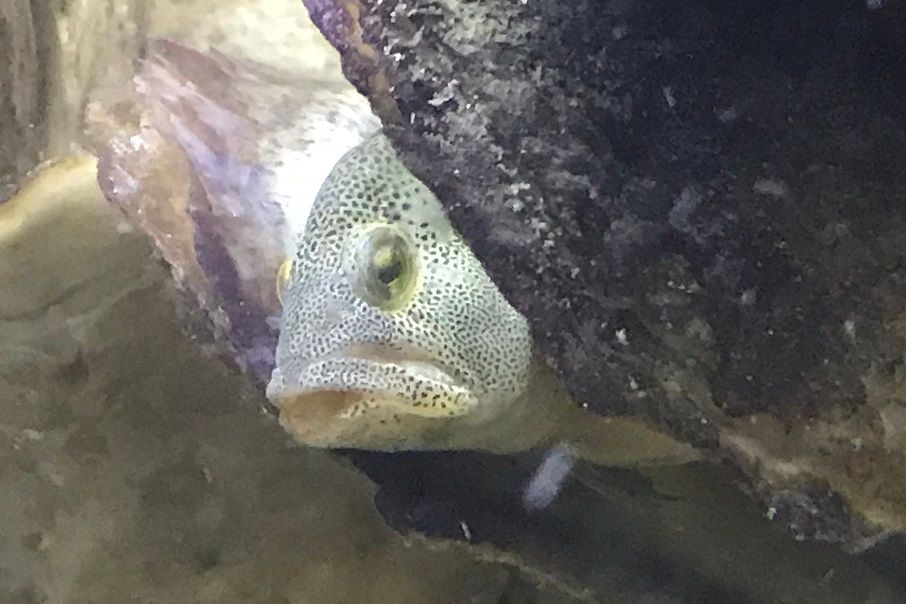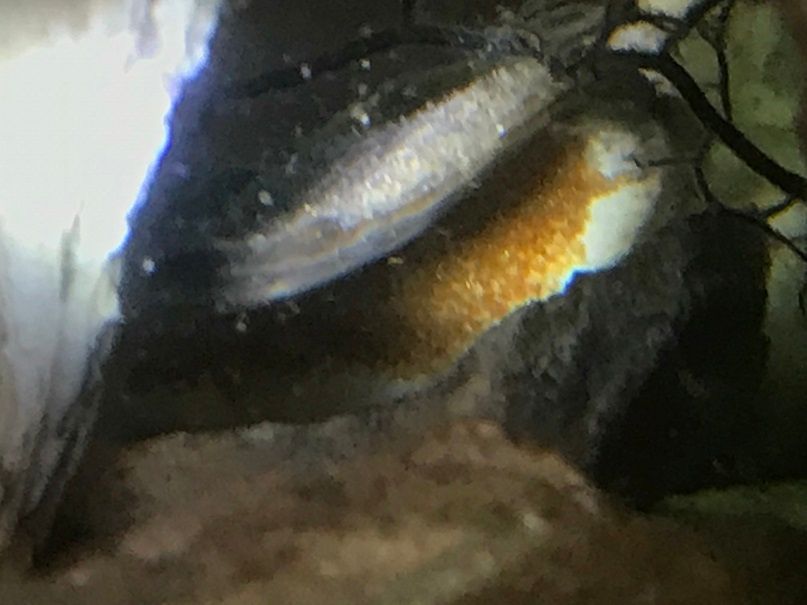I have some new additions to the oyster reef system in my holding tank shown in the video below. On Saturday, I brought home two small four spined sticklebacks, Apeltes quadracus, two species of Ulva macroalgae, a few more sea squirts and a cluster of mussels, and two beautiful large ghost anemones. When I say large, I mean about as big as they get, about 1.75" wide at the tentacles, and about the same length for the base. These are also not pure white like the others in my display tank. Rather, they have a pinkish hue to them. Here's the video:
The sticklebacks are feeding on small copepods and amphipods, but ignore my offerings. I guess I'll have to start raising some baby brine shrimp or buy copepods until these fish are big enough to eat the frozen foods. My plan is to keep them in this tank for a while, but move them into quarantine and treat them with copper. At that point, the holding tank (my 20g high), will be for invertebrates and macroalgae, and will remain fallow. After 6 weeks, then I'll move stuff to the display tank. If I go collecting and bring more stuff home, then that clock resets. The point is that I don't want to introduce ich to my display tank.
Eventually, this summer, I hope, I'll have my big tank set up and all of the fish and invertebrates will move to that tank, except for the sticklebacks. I will keep the 20g long as a stickleback tank, with macroalgae as the dominant aquascape, with perhaps an oyster cultch or two (to be made later).
After this weekend, all of my fish that are in quarantine will move to the display tank. I had a tragic death on Friday night, however. One of the female blennies went carpet surfing. I have no idea how she got out. My guess is that she jumped through the egg crate top that I had, because there weren't any other openings large enough for her to fit though. Now I'm down to 5 males and one female blennies in the tank.
Eventually, this summer, I hope, I'll have my big tank set up and all of the fish and invertebrates will move to that tank, except for the sticklebacks. I will keep the 20g long as a stickleback tank, with macroalgae as the dominant aquascape, with perhaps an oyster cultch or two (to be made later).
After this weekend, all of my fish that are in quarantine will move to the display tank. I had a tragic death on Friday night, however. One of the female blennies went carpet surfing. I have no idea how she got out. My guess is that she jumped through the egg crate top that I had, because there weren't any other openings large enough for her to fit though. Now I'm down to 5 males and one female blennies in the tank.










